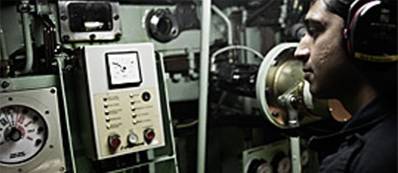Maersk Ships Save US$ 90-million on Energy Using KPI
By measuring the individual performance of its ships by KPI (Key Performance Indicators) Maersk Line save on fuel costs
In three years Maersk Line says it has saved almost USD 90 million in energy costs by measuring the performance of individual vessels, thus raising awareness on consumption. Other business units are to follow suit.
Maersk KPIs, Key Performance Indicators, have for years been a way of measuring how well one did in the past year. Since 2009 however, KPIs have also made their way on to the vessels in a mission to boost performance.
The vessel KPIs have evolved in a close dialogue between the vessels, Maersk Line Vessel Management and Maersk Maritime Technology, which is in charge of the Maersk Ship Performance System (MSPS).
In 2012 the overall scorecard consists of four parameters: Energy, safety, daily running costs and cooperation (best practice sharing). For the time being a dollar sign on concrete savings has been applied to the energy KPI only.
Following the first three years and a dedicated implementation by the crew and fleet groups, impressive savings can be traced: For example 160,000 tons of fuel has been saved as a result of higher propulsion efficiency. And in total, savings of USD 90 million have been made. These do not include savings from other energy initiatives such as trim optimisation or basic load reduction.
After seeing these positive results of the KPI process on Maersk Line's own fleet, more than 150 vessels were upgraded with MSPS in the second half of 2011:
"We're confident that although we are introducing rather new standards in the industry, we will be able to drive similar performance improvements in the chartered fleet," says Flemming Bo Larsen, who is in charge of the "Energy Efficiency Optimization Drive" in Maersk Line.















